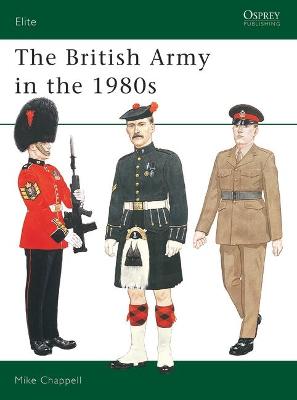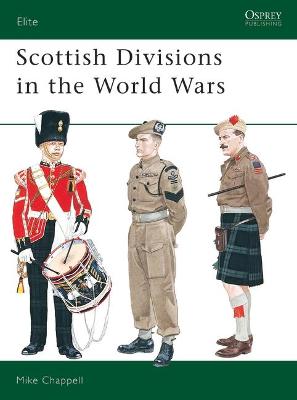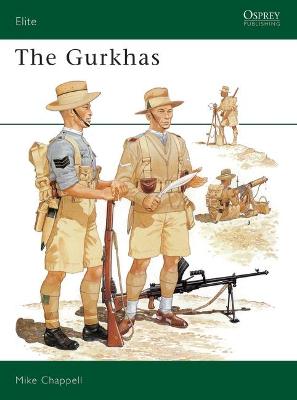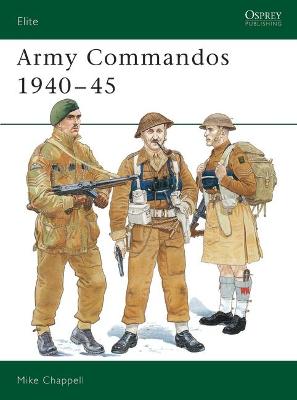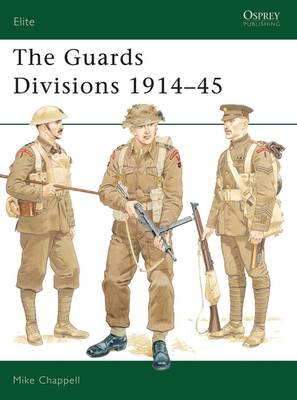Elite
2 primary works • 6 total works
Book 14
The British Army currently enjoys, both at home and abroad, the reputation of being one of the best in the world. Composed entirely of volunteers, its morale sustained by its curious and little-understood attitudes towards tradition, the British Army attracts respect and admiration from the military expert and the layman alike. Written and illustrated by a former British Army infantryman with 22 years' experience, this book details the Army's history, organization, uniforms and distinctions. The text is backed by numerous illustrations and photographs.
Book 56
Over the centuries of their existence the Scottish regiments of the British Army have gained a reputation in war that is the envy of all and which can be matched, or surpassed, by very few. The very description 'Scottish soldier' conjures up images ranging from the 'thin red streak tipped with a line of steel' of the 93rd Highlanders at Balaclava, and the charge of the Scots greys at Waterloo, to the more recent deeds of Scottish regiments in the Falkland Islands and the Persian Gulf. Mike Chappell chronicles the remarkable history of the Scottish units which fought in the two world wars.
v.49
The origins of the Gurkhas date back to 1815, when one of the most skilled and determined opponents that the British soldier had to overcome in battle was the Nepalese warrior. The British were so impressed with the military skills of these fighters that they began recruiting units exclusively from Nepal. From this beginning grew the now famous Gurkha units. This volume examines the development of the Gurkhas through the various wars and confrontations of the 19th century, through the First World War, Second World War and the various postwar conflicts including Malaya, Borneo and the Falklands.
v. 64
The period from early 1940 to the end of 1942 was a time of gloom and uncertainty for the British, who stood alone against the assembled might of the Axis powers. They badly needed a champion, and were to find this in a small force of soldiers who inspired them with a series of daring raids against the coasts of 'occupied Europe', becoming the heroes of the British public and of the British Prime Minister who had created them. This title explores the wartime history of the British Army Commandos whose bravery did so much to raise the morale of the British public.
v.65
This volume traces the evolution of the forces of the British Provost Marshal from the Restoration to the present day. Until the mid-19th century the Provost retained the power to punish (flog and hang), after which they became responsible for the supervision of the gaols. The harshness with which they tackled disciplinary problems during World War I led to their reputation falling to an all-time low. After re-organization and an exemplary performance during World War II, they were awarded the title of "Royal". Since then, the R.M.P have served in Korea, the Falklands and the Gulf War.
v. 61
The best example, and perhaps the only body of elite troops who have maintained their role as guardians of a royal household for over three centuries while building a reputation in war that is the envy of all, is Britain's household troops, the Guards. Over the years they have maintained the highest standards in peace and war, and have served as an example to the rest of the British Army, a benchmark in all matters military from drill and 'turnout' to leadership in battle. Veteran Osprey author Mike Chappell describes the history and uniform of the Guards Divisions from 1914-45.
